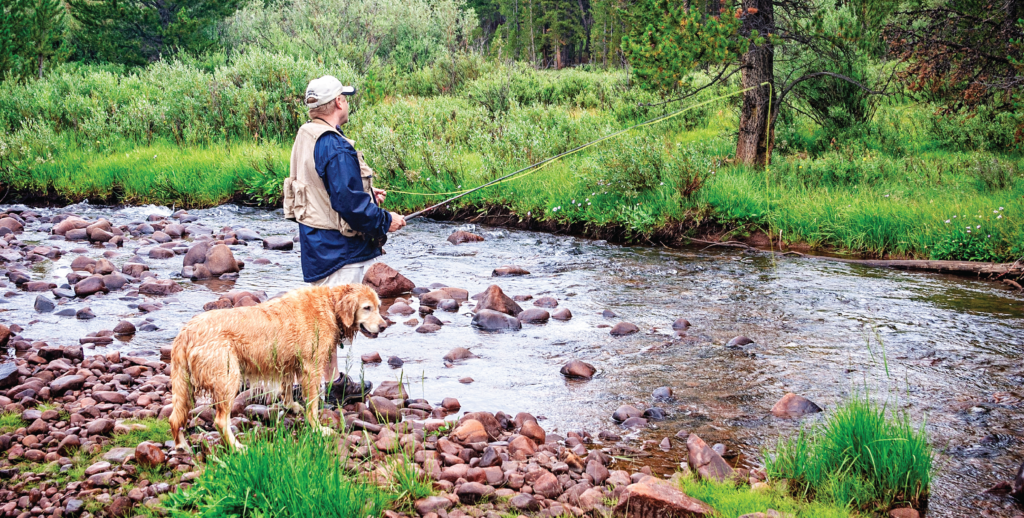How the health of humans, animals, and the environment are intertwined.
The health of humans, animals, plants, and their shared environment are all intricately, inextricably connected. That idea is not new, but it has become even more important as the human population has soared in recent decades. We have expanded our geographical footprint, living in closer contact with and encroaching upon wild animals in their environments. The ease of international travel for humans helps disease spread more quickly. The concept of One Health is more important now than ever before.
Taking a Global Approach to Global Problems
According to the CDC, One Health is a “collaborative, multisectoral, and transdisciplinary approach — working at the local, regional, national, and global levels — with the goal of achieving optimal health outcomes recognizing the interconnection between people, animals, plants, and their shared environment.” The concept of understanding the linkages between human and animal disease has been around since the 1800’s, but the term “one health” is more recent.
In the United States, the CDC’s One Health Office works in partnership with global health organizations to collaborate holistically and strategically to control and prevent the spread of infectious diseases through coordination efforts to respond to outbreaks, strengthen health security, conduct surveillance, share information, and provide education and guidance for individuals and human and animal health professionals.
Why is One Health Important?
“One Health recognizes the interconnection between humans, animals, and the environment. The earth is a global system and everything within the earth is connected,” says Jesse vanWestrienen, co-founder and Biology Lead for Biomeme, the parent company of One Health Labs. “If one area is out of balance, then ultimately it will impact the health and well-being of every other area. For everyone to be healthy, we need to ensure that all the other systems on the earth are healthy.”
Zoonoses (diseases shared between humans and animals) account for 2.7 million deaths and 2.5 billion cases of sickness each year. More than half of the infections that humans are susceptible to can be spread by animals. As the planet’s population grows, it becomes easier for diseases to spread quickly. At the individual level, antimicrobial and antibiotic resistance affects people, their pets, those who travel, and farmers, having a direct impact on our food and water by creating more opportunities for diseases to spread.
The most relatable example of this connection between humans and animals is COVID-19, a disease first identified in bats and likely spread to humans through fresh food markets in Asia (also referred to as “wet markets”). From there, COVID spread globally, and spread quickly. Human exposure to these diseased bats may have occurred because of changes to their environment caused by humans or climate changes. The bat’s stress turned into a spillover event that triggered the COVID-19 pandemic. “As we think about pandemic preparedness in the future, we are taking a One Health approach to review how we are raising large amounts of pork and beef and the impact that has on the environment around us,” says Dr. Chris Woods, Biomeme Chief Medical Office.
The array of products and services being developed by Biomeme and One Health Labs to focus on these global issues will be an ideal “field forward diagnostic toolbox for One Health” that will help in outbreak investigations or monitoring systems impacted by “wicked global health problems,” says Dr. Woods. One Health Labs’ ability to deliver fast, flexible, and reliable testing services to communities and organizations of all kinds and sizes is crucial to keeping our world safe and healthy.
